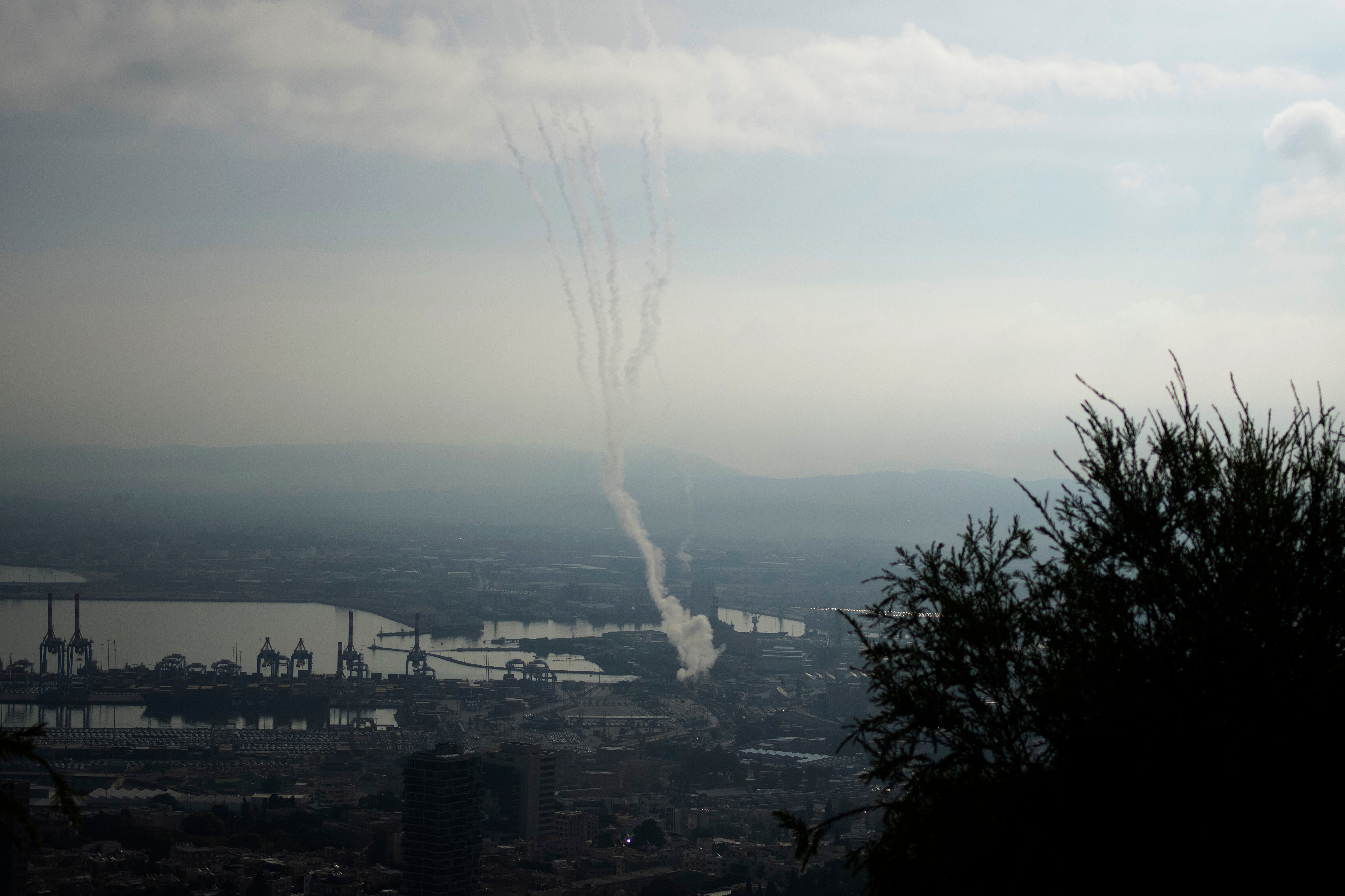EL PASO, Texas (Border Report) — The number of arrests for illegal border crossings has fallen from an all-time high to some of the Biden administration’s lowest this fiscal year alone. Yet some areas of the border are seeing encounters going up.
In this week’s episode of “Border Report Live” (Fridays at 11 a.m. ET), host Chip Brewster and Border Report correspondents Sandra Sanchez and Julian Resendiz examine the factors that are either slowing or increasing illegal migration across the U.S.-Mexico border. They also discuss what is causing migration to shift from region to region and state to state.
Migrant arrests along the Southwest border fell 77% in eight months, going from 249,741 in December to 56,399 in July.
The Biden administration credits several executive actions for the reduction, the most recent being the June 4 proclamation limiting and suspending asylum for those who cross the southern border unlawfully during “times of high encounters.”
According to the proclamation, the suspension takes effect when encounters reach a seven-day average of 2,500. The suspension wouldn’t lift until the daily average dropped back down to 1,500.
U.S. Customs and Border Protection has credited the drops in border arrests to the executive actions and complementary Interim Final Rule issued by the Justice Department and the Department of Homeland Security.
When CBP released its monthly report for August, acting CBP Acting Commissioner Troy A. Miller issued a statement: “CBP continues to enforce the Securing the Border interim final rule and deliver strong consequences for illegal entry, and encounters between ports of entry remain at their lowest level in years.”
In May 2023, the DOJ and DHS also issued the Lawful Pathways rule that encourages migrants to use lawful, safe, and orderly processes for entering the United States and deems those who don’t follow them ineligible for asylum.
Some of those “pathways” include the establishment of Safe Mobility Offices in Colombia, Costa Rica, Ecuador, and Guatemala; expansion of parole for urgent humanitarian reasons; expansion of access to visa programs for seasonal employment; and the establishment of the CBP One app for non-citizens to schedule asylum interviews.
Additionally, the Biden administration started allowing migrants to make those appointments from as far away as the Mexico-Guatemala border after requiring them to be along the U.S.-Mexico border. According to the Associated Press, 813,000 migrants have used the CBP One system since it was launched in January 2023.
Every month, the Biden administration also allows 30,000 people from Cuba, Haiti, Nicaragua and Venezuela to come to the United States if they have a financial sponsor, pass a background check and pay for their own travel. The AP reported that about 530,000 people have used the program instead of making the dangerous trek to the southern border.
Plus, CBP said that since the new rules took effect, through Sept. 10, DHS has removed or returned more than 131,000 individuals to more than 140 countries, on more than 400 international repatriation flights.
Republicans have sued to stop some of these programs, arguing that they circumvent federal immigration law.
The programs, however, appear to be helping reduce high levels at the border. U.S. Border Patrol agents have encountered fewer migrants attempting to cross illegally, and the number of those arriving at ports of entry has gone up.
The Border Patrol’s Rio Grande Valley Sector, for example, which at one point was the busiest, has the fifth-fewest number of migrant encounters this fiscal year.
In other sectors, however, border arrests have remained steady or are trending up.
According to U.S. Customs and Border Protection data released earlier this month, border agents had 58,038 encounters between ports of entry in August, up from 56,399 in July.
In New Mexico, whose entire border with Mexico is part of the El Paso Sector, migrant encounters went up 22%, going from 9,087 in July to 11,016 in August.
The increase in New Mexico has been deadly. Local officials and advocates estimate that roughly 200 have died in the New Mexico desert and waterways along the border this year — a record.
Those who die either don’t qualify for asylum or don’t have the resources to wait for an appointment with U.S. officials, and experts say they turn to smugglers who merely get them across the border wall into dangerous terrain, or have them picked up and sent to stash houses on the U.S. side.
Farther west, the Border Patrol’s Tucson Sector leads the nation in Border Patrol arrests this fiscal year with 452,520. Like El Paso, that part of the border encountered a surge of migrants at the end of last year, and it’s also where arrests have started going back up.
Democratic presidential nominee Vice President Kamala Harris arrives to board Air Force Two, at the 171st Air Refueling Wing, Wednesday, Sept. 25, 2024, in Coraopolis, Pa., on return to Washington after speaking about the economy in Pittsburgh. (AP Photo/Jacquelyn Martin)
It’s also where Vice President Kamala Harris, the Democratic presidential nominee, will be when she returns to the U.S.-Mexico border on Friday. Harris will visit the tiny border town of Douglas, Arizona, where she plans to discuss border security and her work prosecuting transnational criminal organizations.
Former President Trump, the Republican nominee, campaigned from the Arizona-Mexico border in August.
























